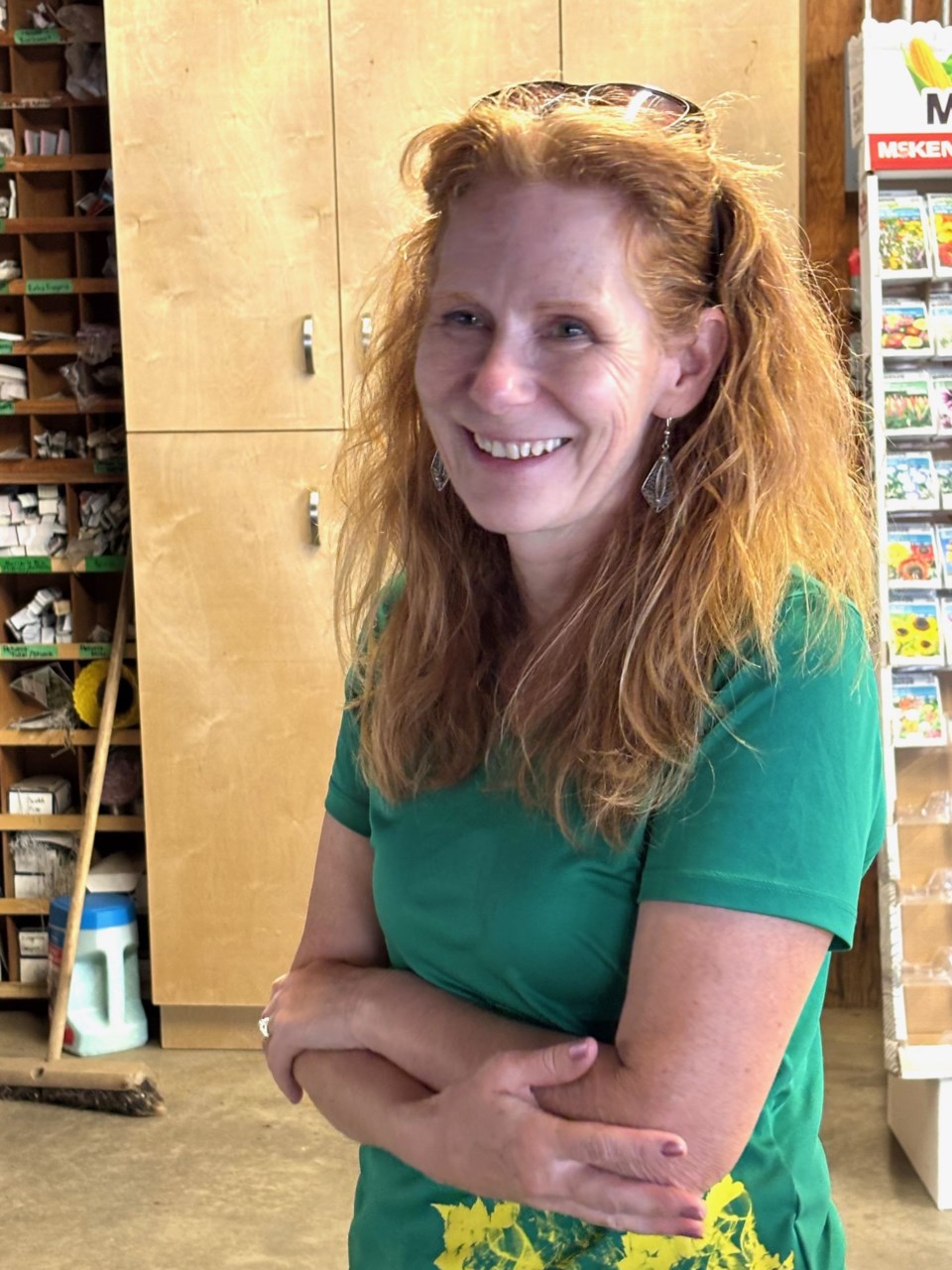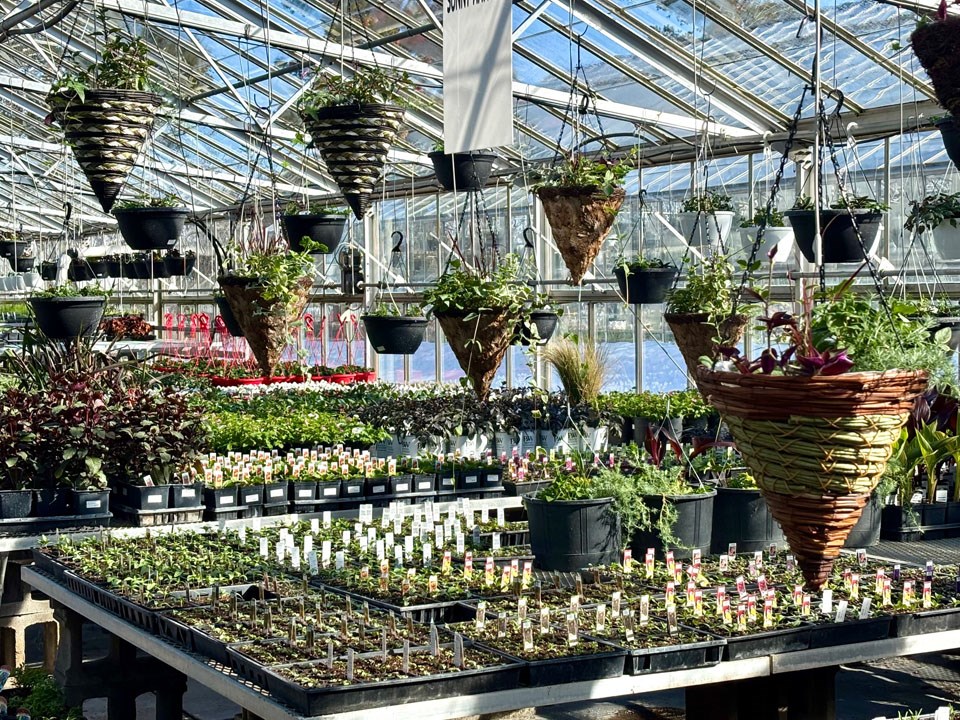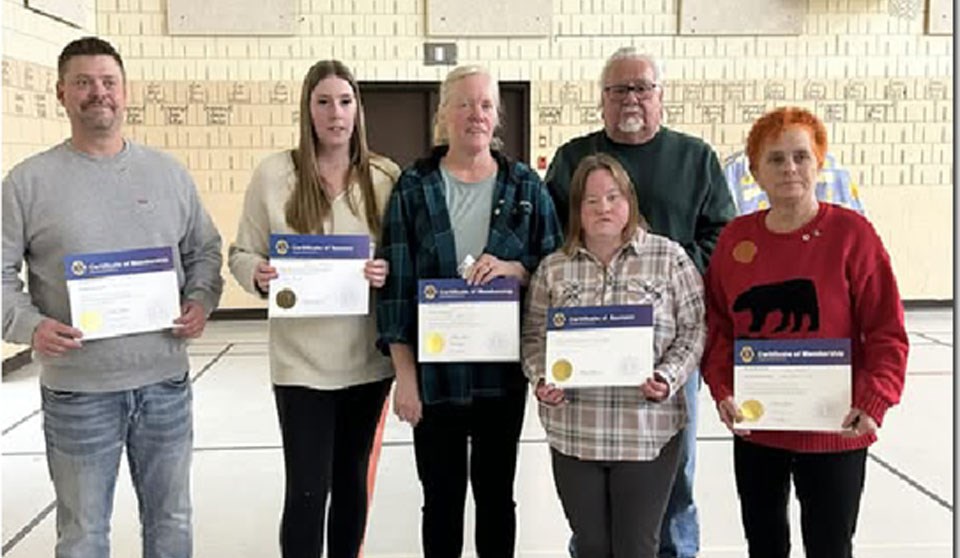MEOTA — Meota Activities are in full swing for spring. The seniors’ association that meets at the Do Drop In have resumed all their activities. Canasta, shuffleboard and planning meetings are underway and just a gentle reminder that your dues should be paid. The same goes for the Meota Lakefront Paddle and Sail. We had our AGM on March 31, and it promises to be a busy year. Dues should be paid anytime now, so watch your inbox for the details on renewals. This year long weekends are reserved for members only, and sailing lessons will be held Aug. 11 to 14. We’ll be starting to paint the interior any day now to have it finished by June 1. We already have eight days booked for private events, so we will be reminding all members to check the club’s calendar.
April 4, a group of ladies from Meota, Edam and North Battleford went to Langham to participate in an all-day seminar put on by the Saskatchewan Parks and Recreation Association (funded by Sask Lotteries). Arlene Walker invited me to go along with the idea that I may be interested in using some of the information to further the interests in Meota’s sailing facility. Arlene was keen on gaining some insight into what the seniors’ association could do with the entrance to Meota’s refurbished Do Drop In. Little did we know that we would learn about the broad impact Communities in Bloom could have on Meota.

Nancy Martin, from Dieter Martin Greenhouses in Langham was gracious to invite participants of the workshop to get a taste of spring planting before their April 15 opening date. | Photo by Trudy Janssens
Andrew Exelby led the seminar with “Communities in Bloom is more than planting flowers, it’s about building community. If you look successful, you’ll be more successful.” This organization started in Ireland and France in 1958, continued to England in 1963 and was embraced by Canada with over 30 communities participating. He encouraged us to start small with one or two ideas for our community. Arlene and I were happy to hear that, because one of the keys to the success of the program is volunteers, and if you go too crazy, your volunteers will burn out. It should be a work in progress.
It’s all about community appearance — parks, medians, boulevards, sidewalks, ditches, vacant lots, signs, weed control, litter cleanup (like cigarette cleanup and dog control) clean-up days. Environmental action like town policies, waste reduction, composting, landfill and hazardous waste are critical. Working with your businesses, heritage conservation, memorial gardens and cemeteries to increase awareness that will preserve your town’s core identity.
Tree management and urban forest inventory are important. Trees are expensive, both to maintain and to start growing. Andrew pointed out how difficult it is to get new trees started. One of the reasons is the overuse of whipper snippers, where people trim too close and damage the layer of bark that must remain intact for the sap to reach the top of the tree. He encouraged us to leave a ring of grass around newly planted trees. It’s important to attract pollinators to your town. Educate your town on the use of chemicals for pest control and weed control.
Communities in Bloom starts with volunteers, who will begin to lead the town council, which can lead town staff, eventually getting every resident and business to step up to beautify your town. Start programs like rent a pot, sponsor a pot, adopt a pot and get the children in the town to get involved. Pots require watering, and sometimes the smarter way to go is to get a self-watering pot. These pots cost more but are worth it in the end because, without water it doesn’t take long in our hot summer months for a pot to dry out. Greenpark Greenhouses, north of Edam, sell these pots. Langham’s town guy, Steve, is sold on these pots, and he brought along a couple samples of the ones Langham has purchased.
Nancy Martin, from Dieter Martin Greenhouses in Langham, spoke about how they work with their town guy, Steve, to meet their goals for the town. They had a wall display of all the winning projects they had worked on in Langham. Nancy was generous with numerous tips on how to get the best results in our climate. The list of soil recommendations, seed choices and fertilizers is too lengthy to include in this article. This year, Langham’s goal is to include edible plants in their plantings. Terms like “thriller, filler and spiller” were used to describe what to include in your plantings. I learned about new ground cover plants like Anna and Valentine raspberries. It’s incredible how willing a business owner is to share how to make your projects successful and enjoyable.
The next speakers shared with us how to motivate and keep volunteers. They touched on how to successfully apply for grants. Learn more at . There was a table at the entrance that was loaded with brochures, application forms and materials that can help you get started. Information on grant writing workshops to supporting rural artists was shared. Also in attendance were two judges who drive all over Saskatchewan. If your community wants to compete, that’s an option. However, you might want to just go for “tourism drive-by judging.” You won’t know you’re being judged, but they will send you pointers.
This day trip will have positive repercussions for Meota. Arlene is excited about sprucing up the Do Drop In, and I’m keen to help. My main takeaway from the day is this. If you want the best “return on investment” or the best place to put your energy, it is to beautify your own property and our community in Meota.

The Dieter Martin Greenhouse in Langham has a wealth of seedlings and product ready for your 2025 garden projects. | Photo by Trudy Janssens



